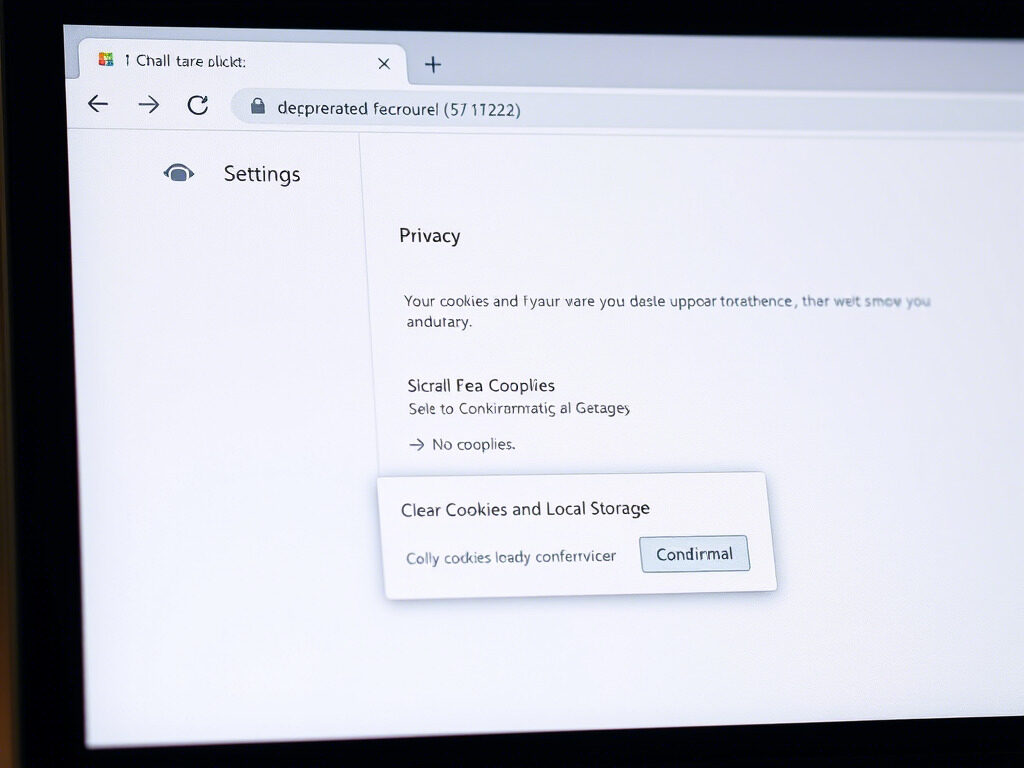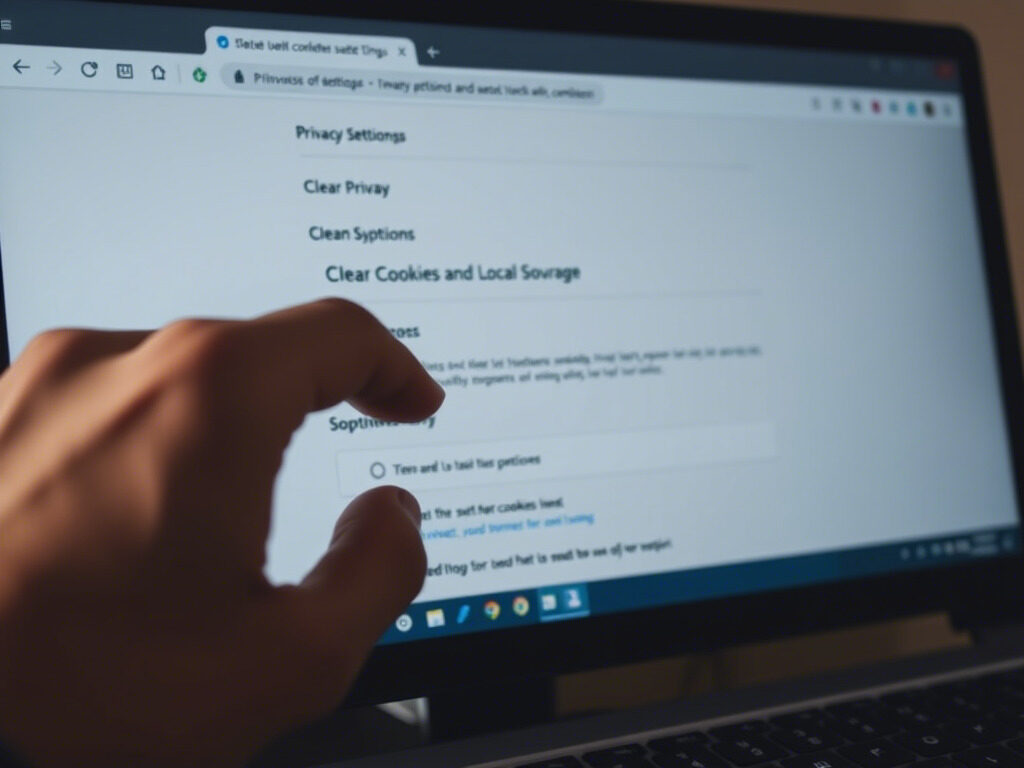Ending a user session could appear easy—just hit logout, correct? Improper session termination, however, can cause data leaks, illegal access, and system vulnerabilities in reality. Safe session termination is absolutely necessary to secure your consumers and your company whether you are running a mobile app, website, or corporate software.
This guide guarantees that every session issue is handled securely by walking you through how to properly manage user session termination difficulties.

🔍 Why Proper Session Termination Matters
When a user logs out or times out, the system must:
- Invalidate the session token
- Clear cookies and local storage
- Remove temporary permissions or cached data
If any part is skipped, it leaves the door open to session hijacking, especially on shared or public devices.
✅ Step 1: Detect When a Session Should End
There are three common session-ending scenarios:
- Manual Logout – User clicks “Log out”
- Idle Timeout – User stays inactive for a set time
- Forced Logout – Admin ends session due to policy or risk
Make sure your system handles each of these correctly.
✅ Step 2: Invalidate the Session Token
When a user logs out:
- Destroy the session on the server
- Expire the token immediately
- Prevent reuse of session identifiers
Example in Express (Node.js):
js
CopyEdit
req.session.destroy(() => {
res.clearCookie(‘sessionId’);
res.redirect(‘/login’);
});
This step prevents token reuse or session replay.
✅ Step 3: Clear Cookies and Local Storage
Remove all client-side data:
- Auth cookies
- Cached session variables
- Local/session storage
Use JavaScript to clear browser storage on logout:
js
CopyEdit
localStorage.clear();
sessionStorage.clear();
This avoids session issues when users log in again or switch accounts.
✅ Step 4: Redirect to Login or Exit Screen
After session termination, redirect users to a clear logout confirmation page or back to the login screen. This helps them know their session has ended successfully.
Also, avoid redirecting back to sensitive pages after logout.
✅ Step 5: Perform Server-Side Session Cleanup
To prevent memory leaks and data residue:
- Remove temporary files
- Clear session data from cache or memory
- Disconnect any linked real-time connections (like WebSockets)
This step is essential for apps with high traffic or multi-user environments.
✅ Step 6: Audit Session Terminations
Track session closures in logs for:
- Security monitoring
- Troubleshooting access issues
- Understanding usage patterns
These logs help detect any user session termination issues or unusual logout behavior.
Final Thoughts

Safe and proper user session termination is more than just a logout button—it’s a combination of secure token handling, client cleanup, and server-side logic. By following these steps, you can resolve session issues and protect your application from unauthorized access.
💼 Need Help Securing and Managing Sessions?
Choose TechNow, the suitable IT Support Agency in Germany, for secure logout processes, session management, and enterprise-grade security solutions.
👉 Contact us today to keep your user sessions safe, smart, and seamless.



